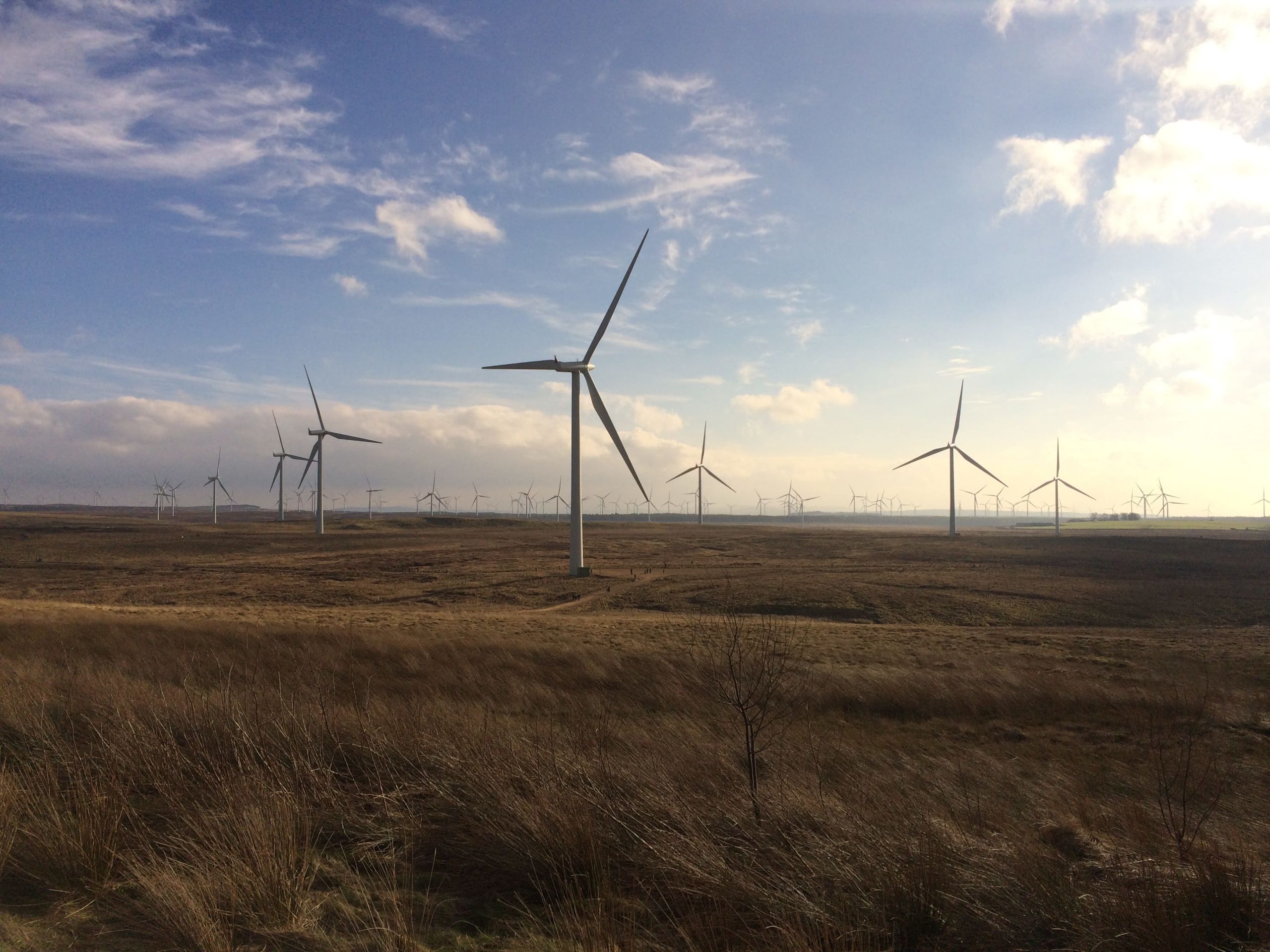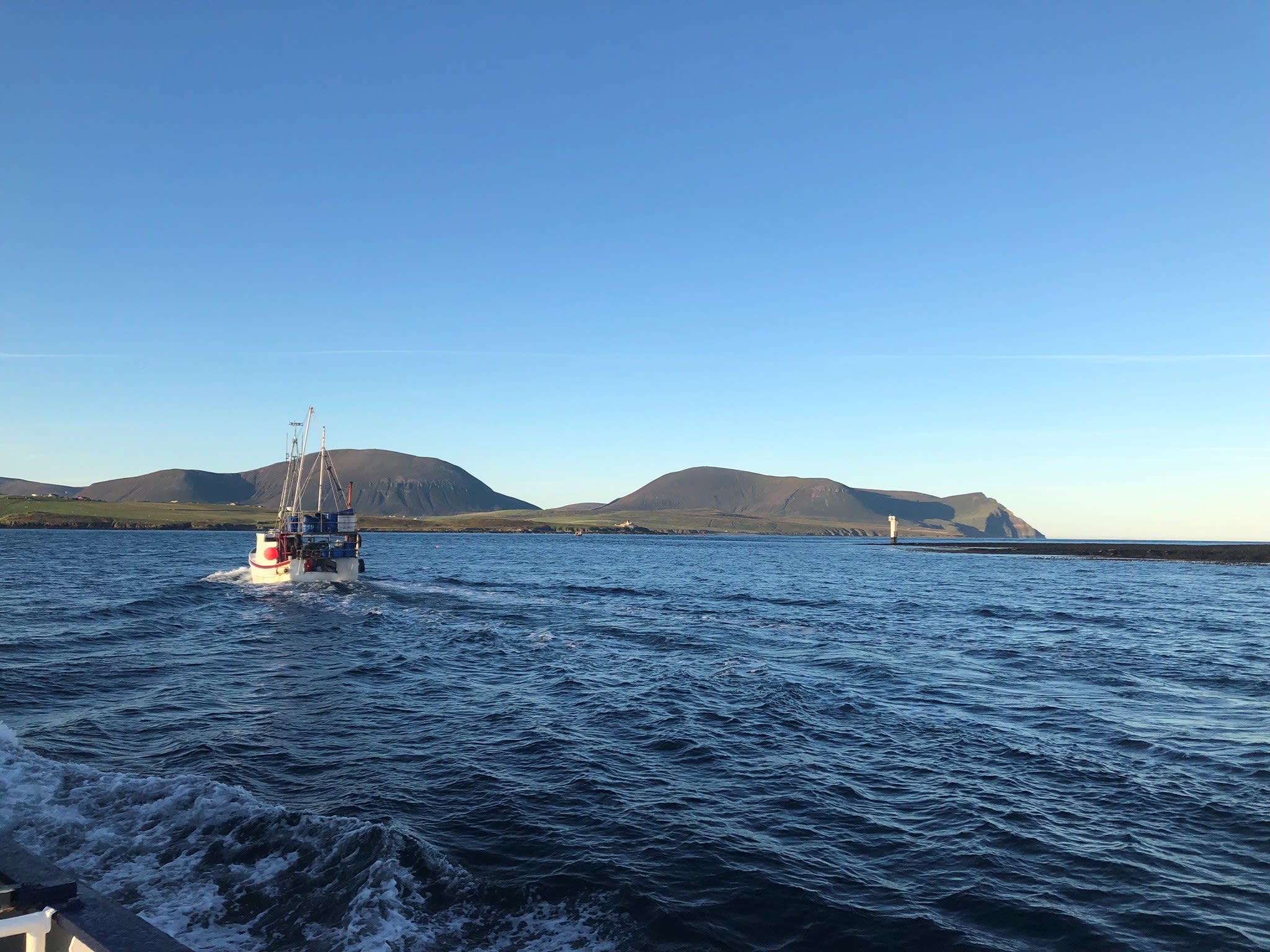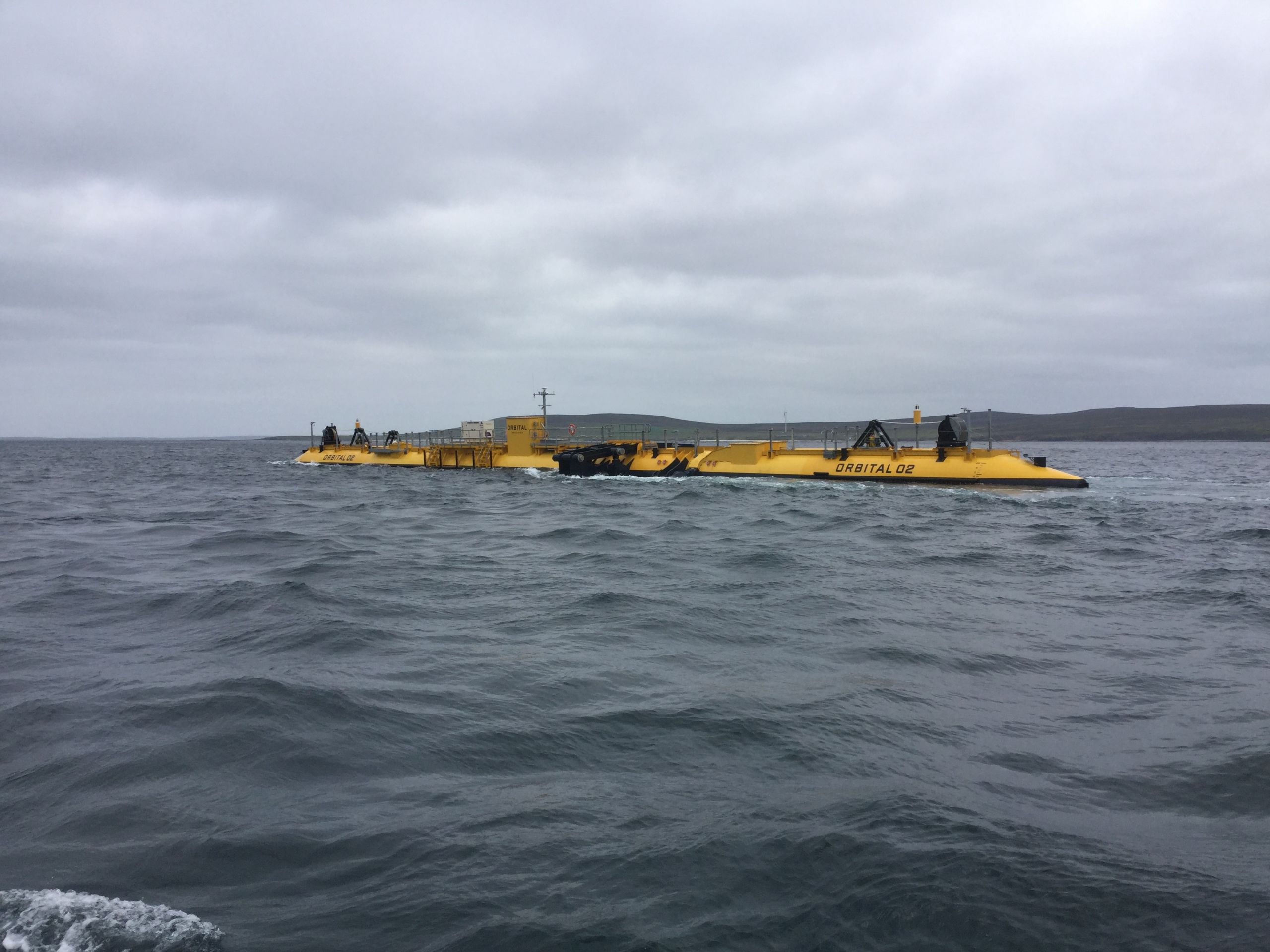How do we harness Scotland’s renewable energy potential?
We explored how Scotland
could achieve its green goals

In November, the world will descend on Glasgow for the COP26 UN Climate Conference.
The Scottish and UK Governments have already set ambitious decarbonisation targets to reach net zero carbon emissions by 2045 and 2050 respectively. These have now been entrenched in law, with both governments wanting to realise the goals of the Paris Climate Agreement.
Scotland has a significant advantage to achieving net zero. It has an abundance of natural resources that can be used for renewable energy. In 2019, 97.4% of electricity generation in Scotland was from renewable energy sources.
Scotland is also a net exporter of electricity, and in 2020 31.8TWh of renewable electricity was generated in Scotland. This is the equivalent of powering all households in Scotland for almost three and a half years.
But there is more to be done to make the most of Scotland's renewable resources, with further supportive policies and funding needed.
Orkney's tidal power
Our visit to the European Marine Energy Centre's tidal test site

Orkney, a group of islands in the north of Scotland, is a world leader in renewable energy and a testament to Scotland's potential.
In 2016, it produced 120% of its total electricity needs through renewable energy sources. 1 in 12 Orkney households also generate electricity from renewable sources.
"Orkney is geographically perfectly placed. We are at the intersection of the North Sea and the North Atlantic. That means that the tides are out of phase, so we have very strong tides [...] We are also on the most northerly point on the national grid, so the energy we harvest flows [...] and does real work."
In June, we visited the European Marine Energy Centre (EMEC). EMEC was founded in 2003 in Orkney and is the only accredited wave and tidal test centre for marine renewable energy in the world.
More marine energy devices have been tested at EMEC than at any other single site in the world.

Scottish Affairs Committee members in Orkney
Scottish Affairs Committee members in Orkney
We also viewed the Orbital O2 tidal energy device by boat. The Orbital O2 device is the most powerful tidal turbine in the world.

Orbital O2 tidal energy device in Orkney
Orbital O2 tidal energy device in Orkney
"Basically, if you look at the productivity of the wind, the waves, the tide, the area around Orkney, Shetland and the Western Isles can deliver 50% of the UK’s total energy needs. Not just electricity; this is replacing oil and gas and other forms of energy. Half of our total energy demand can come from this part of the world."
Four recommendations to the UK Government

The potential scale of renewable energy in Scotland is huge. The abundance of natural resources can benefit individuals, organisations, and businesses across the UK.
We welcome the targets set by the UK Government for net zero. Here are our top four recommendations to help achieve this.
1.The electricity grid:
Energy transmission, from generation to consumer, via the electricity grid was highlighted as a barrier due to infrastructure issues.
The Office of Gas and Electricity Markets (Ofgem) must complete a review of the grid in Scotland as a matter of urgency. Ofgem should also prioritise reinforcement of the grid where there is potential for a high renewable energy yield.
2.Tranmission charges
'Transmission Network Use of System' charges are paid by developers to transmit their electricity to customers. However, projects in other areas of the UK, like Wales, are paid to connect to the grid.
Ofgem must consider the financial burden of transmission charges in Scotland. Ofgem should consider the long-term impacts on net zero targets, and ensure renewable energy projects can flourish over the next 30 years, rather than pushing for a short-term, lowest cost view.
3. Contracts for difference funding
The Contracts for Difference (CfD) scheme is the government’s main initiative for supporting low-carbon electricity generation. It's been useful in driving down the cost of offshore wind and provides certainty to developers of renewable technology, but more could be done to improve the system.
The next CfD round of funding should guarantee financial support for development of tidal energy, not just at the lowest cost, but with a long-term view that focuses heavily on net zero targets and best value for money, up to 2050.
4.Funding for a green recovery
We welcome funding for a green recovery from the UK and Scottish Governments and we look forward to seeing how this improves job prospects for the people of Scotland. This is vital to meet renewable energy and net zero targets.
The UK Government should use part of the £12 billion outlined in the Ten Point Plan to invest in renewable energy in Scotland. This investment should focus on the pipeline of energy projects in Scotland and it could provide economic multipliers in terms of jobs and improved prospects for renewable energy companies.


The Government now has two months to respond to our report.
Our report, 'Renewable energy in Scotland', was published on 17 September 2021.
Detailed information from our inquiry can be found on our website.
If you’re interested in our work, you can find out more on the House of Commons Scottish Affairs Committee website. You can also follow our work on Twitter and use the hashtag #RenewableScotland for updates and to join the conversation.
The Scottish Affairs Committee works together to scrutinise the spending, administration and policies of the Scotland Office, and its associated bodies. We also examine the wider UK Government, to assess policies and legislation that lead to direct impacts on Scotland.

Cover image credit: Pxfuel

